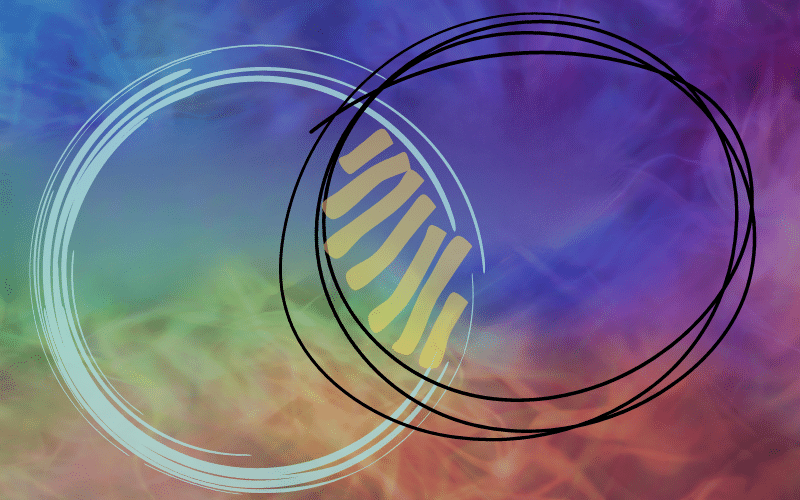3. Hyperactive, Hypoactive, and Mixed: The Three Subtypes of Delirium

Delirium isn’t a one-size-fits-all kind of disorder; it comes in three distinct flavors—hyperactive, hypoactive, and mixed. The hyperactive form is what most people picture when they think of delirium: restlessness, agitation, and sometimes even hallucinations. Picture a pot of boiling water constantly spilling over—that’s hyperactive delirium for you.
On the flip side, you have hypoactive delirium. This one’s the introverted sibling of the hyperactive form. Rather than externalizing symptoms, individuals with hypoactive delirium manifest signs of withdrawal and lethargy. They may appear disconnected or unresponsive to external stimuli. Think of it as a light bulb flickering before it goes out.
Then comes the mixed subtype, a blend of both hyperactive and hypoactive features. A person can swing between the two extremes within a short period, leaving caregivers baffled and adding layers of complexity to diagnosis. Understanding this diversity among subtypes is critical for anyone dealing with delirium.
What adds nuance to these subtypes is that they’re not mutually exclusive. People don’t neatly fit into one category. It’s common to see variations in behavior within a single episode of delirium. These shifts not only complicate diagnosis but also management, as each subtype requires a different approach.
The subtypes also influence the likelihood of detection. Hyperactive delirium, being more visible, often gets noticed quickly. Hypoactive delirium, on the other hand, may slip under the radar due to its subtler presentation. The mixed form is the wildcard, as its fluctuating nature makes it a complex subject of study in delirium literature. (3)